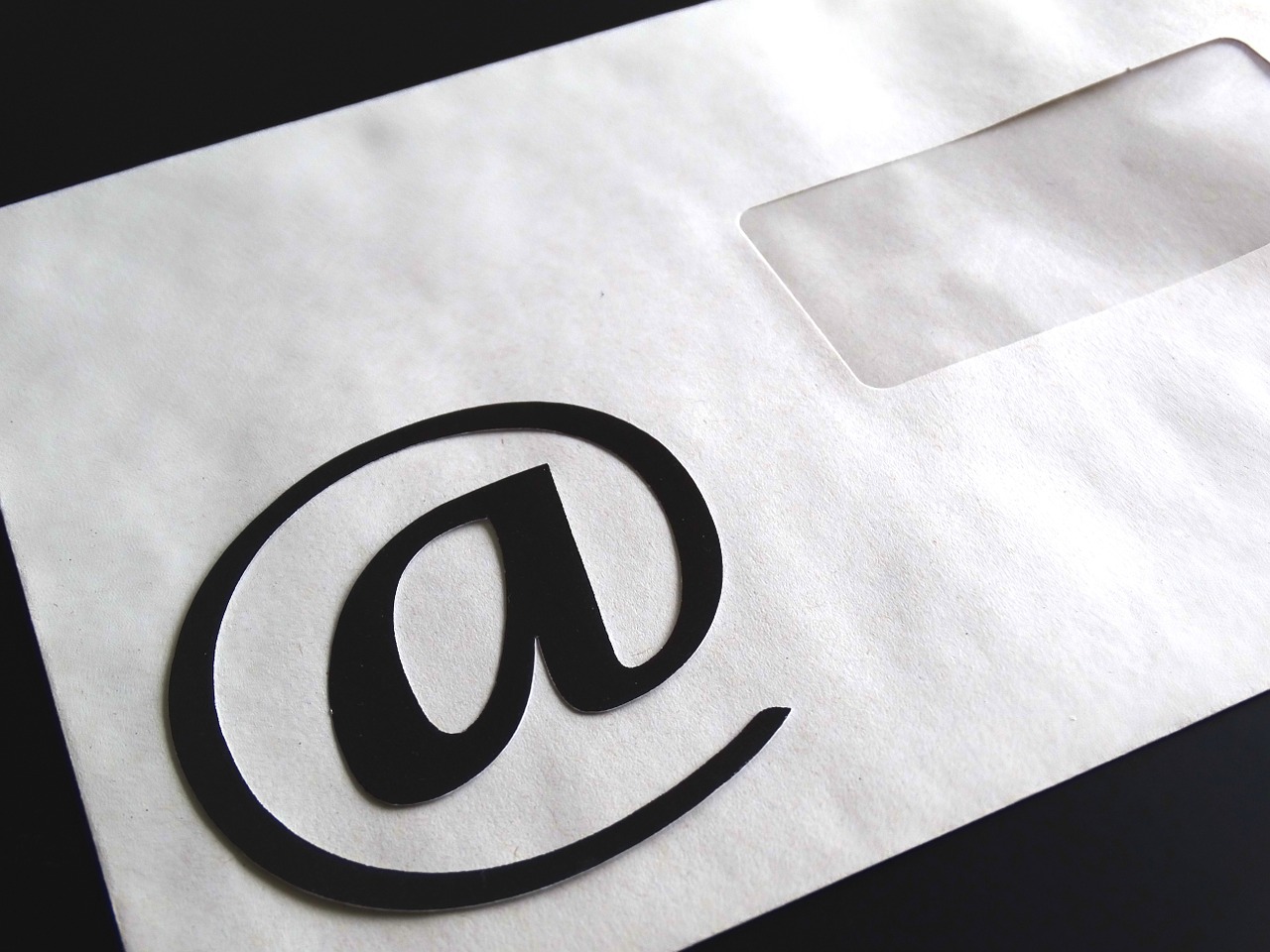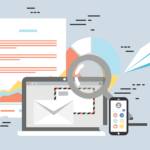Email Marketing Fundamentals for Online Retail
Email marketing is a crucial channel for online retailers, offering direct communication with customers to foster relationships, promote products, and drive sales.
Understanding the fundamentals of email marketing—including the types of emails, list-building strategies, and regulatory compliance—is essential for any successful online retail strategy.
Types of Emails
- Promotional Emails: These are designed to promote sales, special offers, or new product launches. They aim to drive immediate action, such as making a purchase or visiting a website.
- Transactional Emails: Sent after a customer takes a specific action, transactional emails include order confirmations, shipping notifications, and payment receipts. While primarily informational, they can also be optimized to encourage further engagement.
- Newsletters: Regular newsletters help keep your audience informed about the latest news, tips, or insights related to your products or industry. They play a key role in building brand loyalty and keeping your brand top-of-mind.
List Building Techniques
- Opt-in Forms: Place opt-in forms strategically on your website, including the homepage, blog, and checkout page, to encourage visitors to subscribe. Offer incentives like discounts or free ebooks as motivation.
- Social Media Promotions: Use your social media channels to promote your email list by highlighting the exclusive benefits subscribers receive.
- Content Marketing: Create valuable content that includes calls-to-action (CTAs) encouraging readers to subscribe for more insights.
- Segmentation: As your list grows, segment it based on criteria like purchase history, demographics, or engagement level to tailor your messaging more effectively.
Compliance with Regulations
- General Data Protection Regulation (GDPR): For customers in the European Union, GDPR requires explicit consent for email subscriptions and provides subscribers with the right to access their data or unsubscribe at any time.
- CAN-SPAM Act: In the United States, the CAN-SPAM Act sets rules for commercial email, including the requirement for a clear way to opt-out of future emails and the prohibition of deceptive subject lines and false headers.
- Other Regulations: Be aware of other local and international laws that may apply to your subscribers, ensuring that your email marketing practices are compliant worldwide.
Best Practices for Compliance
- Clear Opt-In: Ensure that your opt-in process is clear and straightforward, explaining what subscribers will receive.
- Easy Unsubscribe: Include an easy-to-find unsubscribe link in every email to allow subscribers to opt-out hassle-free.
- Privacy Policy: Provide a link to your privacy policy in your email footer, detailing how subscriber data will be used and protected.
- Consent Records: Keep records of consent from your subscribers, noting the date and method of opt-in, in case of audits.
Mastering the fundamentals of email marketing allows online retailers to effectively communicate with their customers, driving engagement and sales while adhering to legal requirements.
By understanding the different types of emails, employing strategic list-building techniques, and ensuring compliance with regulations, retailers can build successful email marketing campaigns that resonate with their audience and contribute to long-term business growth.
Content Creation and Design in Email Marketing for Online Retail
Creating compelling content and ensuring emails are visually appealing and personalized are crucial aspects of a successful email marketing strategy.
These elements not only capture the recipient’s attention but also enhance engagement and conversion rates.
Crafting Compelling Subject Lines and Body Content
-
Subject Lines:
- Clarity and Relevance: Keep subject lines clear and directly related to the content. Recipients should know what to expect when they open the email.
- Urgency and Curiosity: Use language that creates a sense of urgency or curiosity without resorting to clickbait. Phrases like “Limited time offer” or “You won’t want to miss this” can be effective when used sparingly.
- Personalization: Include the recipient’s name or other personalized details to grab their attention.
-
Body Content:
- Value Proposition: Clearly articulate the value or benefit of your message early in the email to keep readers engaged.
- Concise and Scannable: Use short paragraphs, bullet points, and clear headings to make the email easy to scan.
- Strong Call-to-Action (CTA): Your CTA should be visually distinct and convey exactly what action you want the reader to take, such as “Shop Now,” “Learn More,” or “Subscribe Today.”
Importance of Responsive Design and Visual Elements
-
Responsive Design:
- Emails must look good and be easily readable on devices of all sizes, from desktop monitors to smartphones. Utilize responsive email design that adjusts content layout based on the screen size.
-
Visual Elements:
- High-Quality Images: Use high-resolution images that reflect your brand and complement the email content, making sure they load quickly.
- Branding: Incorporate your brand’s colors, logos, and style to maintain consistency and reinforce brand recognition.
- Visual Hierarchy: Design your email to guide readers through the content to the CTA, using visual elements to draw attention to key areas.
Personalization Techniques
- Segmentation: Use subscriber data to segment your email list based on interests, purchase history, or behavior. This allows for more targeted and relevant email content.
- Dynamic Content: Incorporate dynamic content that changes based on the recipient’s data, such as featuring products related to their previous purchases or browsing history.
- Behavior-triggered Emails: Automate emails triggered by specific actions, such as a welcome email after subscription or a follow-up email after a purchase, adding a personal touch that makes the recipient feel valued.
- Personalized Recommendations: Include personalized product recommendations based on the recipient’s past interactions with your site. This not only personalizes the email but also encourages further engagement and sales.
The combination of well-crafted content, responsive and visually appealing design, and personalization techniques forms the backbone of effective email marketing for online retail.
By focusing on these areas, retailers can create emails that not only capture attention and engage recipients but also drive meaningful actions, contributing to the overall success of their digital marketing efforts.
Email Automation for Online Retail
Email automation represents a shift from one-size-fits-all marketing to a more targeted, personalized approach.
It allows online retailers to send timely, relevant emails to customers based on specific triggers or behaviors, enhancing the customer experience and driving conversions.
Introduction to Email Automation Tools and Software
Several tools and software platforms can help set up and manage email automation, each with unique features and capabilities suitable for different sizes and types of online retail businesses:
- Mailchimp: Known for its user-friendly interface, Mailchimp offers robust email automation features, including customer journey mapping and behavioral targeting.
- Klaviyo: Specializing in e-commerce, Klaviyo provides advanced segmentation and automation options designed to increase sales and customer retention.
- ActiveCampaign: Offers comprehensive email marketing, automation, and CRM features, making it suitable for businesses looking to combine their marketing and sales efforts in one platform.
- Constant Contact: A great option for small businesses, offering easy-to-use automation features and integration with e-commerce platforms.
Setting Up Automated Email Sequences
- Welcome Emails: Automatically send a welcome email to new subscribers or customers. This email can introduce your brand, offer a discount on the first purchase, and set expectations for future communications.
- Abandoned Cart Reminders: Set up a sequence of emails to remind customers of items they left in their cart. The first email can be sent a few hours after abandonment, followed by one or two more spaced out over several days.
- Post-Purchase Follow-Ups: After a purchase, send automated emails to thank customers, provide order and shipping details, and suggest related products. This sequence can also include a request for product reviews or feedback.
- Re-Engagement Campaigns: Identify inactive subscribers or customers who haven’t engaged with your emails or made a purchase within a specific period. Send a series of emails to re-engage them, offering special discounts or highlighting new products.
Segmenting Your Email List
Segmentation is key to personalizing your automated emails and increasing their effectiveness.
By dividing your email list based on customer data, you can tailor your messages to fit different segments of your audience:
- Demographic Segmentation: Based on age, gender, location, etc., to tailor content that resonates with different demographic groups.
- Behavioral Segmentation: Focus on customers’ interactions with your website, such as purchase history, email engagement, and browsing behavior. This allows for highly personalized product recommendations and content.
- Lifecycle Stage: Segment customers based on their lifecycle stage, from new subscribers to loyal customers, tailoring messages to each stage of the customer journey.
- VIP Customers: Identify your most valuable customers based on their purchase frequency or amount spent and create exclusive offers or content to reward their loyalty.
Email automation is a powerful tool for online retailers, enabling them to deliver personalized, relevant content to their customers at just the right times.
By leveraging automation tools and thoughtful segmentation, businesses can enhance customer engagement, encourage repeat purchases, and build lasting relationships.
The key to success lies in continuously analyzing the performance of your automated emails and adjusting your strategies to meet the evolving needs and preferences of your audience.
Performance Optimization and Analytics in Email Marketing for Online Retail
In email marketing, tracking performance metrics and conducting experiments is essential for understanding what resonates with your audience and optimizing future campaigns.
By focusing on key metrics, A/B testing, and analytics, online retailers can refine their email strategies to enhance engagement and conversions.
Key Metrics to Track
- Open Rates: The percentage of recipients who open an email. High open rates indicate compelling subject lines or strong sender recognition.
- Click-Through Rates (CTRs): The percentage of email recipients who clicked on one or more links contained in an email. High CTRs suggest that the content was relevant and engaging to the audience.
- Conversion Rates: The percentage of email recipients who completed a desired action, such as making a purchase or signing up for a webinar. This metric is crucial for measuring the ROI of email marketing efforts.
- Bounce Rates: The rate at which your emails are rejected by email servers. A high bounce rate may indicate problems with your email list quality or issues with your email server.
- Unsubscribe Rates: The percentage of recipients who opt-out of your email list after receiving an email. While some attrition is normal, a high rate could suggest content irrelevance or email frequency issues.
Conducting A/B Tests
A/B testing, also known as split testing, involves sending two variations of an email to a small segment of your email list to see which version performs better.
Consider testing the following elements:
- Subject Lines: Test different subject lines to see which leads to higher open rates. Experiment with length, tone, personalization, and the use of urgency or curiosity.
- Content: Test variations in email content, including different images, text lengths, and layouts, to identify what drives higher engagement and conversions.
- Send Times: Experiment with different days of the week and times of day to identify when your audience is most likely to open and engage with your emails.
- CTAs: Test different calls-to-action in terms of wording, placement, and design to see which generates higher click-through and conversion rates.
Utilizing Analytics for Insights
Leverage email marketing analytics tools to track performance metrics and gain insights into your audience’s behavior and preferences. Use these insights to:
- Segment Your Audience: Based on engagement patterns, preferences, and behaviors, segment your audience to tailor future communications more effectively.
- Personalize Content: Use insights from analytics to personalize email content, including product recommendations, content topics, and special offers.
- Optimize Send Times: Analyze when your emails perform best and adjust your send times accordingly to maximize engagement.
- Refine Your Strategy: Continuously analyze the performance of your email campaigns to identify trends, successes, and areas for improvement. Use this data to refine your email marketing strategy, focusing on what works best for your audience.
Performance optimization and analytics are crucial for the success of email marketing campaigns.
By closely monitoring key metrics, conducting A/B tests, and utilizing analytics for insights, online retailers can make data-driven decisions to optimize their email strategies.
This ongoing process of testing, learning, and refining helps to maximize engagement, improve conversions, and drive meaningful results from email marketing efforts.














